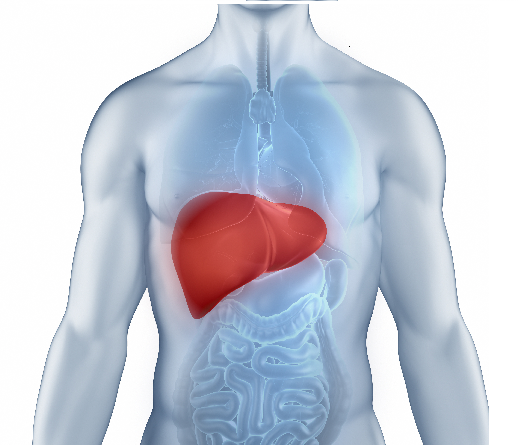Urinary Tract Infection: Symptoms, Causes & Prevention

The Urology Care Foundation reports that approximately 10 in 25 females and 3 in 25 males experience urinary tract infections (UTIs) annually. UTIs rank among the most common infections globally. While UTIs are often easily curable, repeated infections and a lack of proper treatment may cause long-term kidney damage, hypertension, incontinence, and prostate issues.
What is Urinary Tract Infection?
A Urinary Tract Infection (UTI) happens when an infection affects any part of the urinary system. This system includes the kidneys, ureters, bladder, and urethra. Most UTIs affect the lower urinary tract, specifically the bladder and urethra.
The infection begins when bacteria enter the urinary system through the urethra and rapidly multiply in the bladder. The body’s immune response tries to fight off the infection, but the bacteria can adhere to the urinary tract walls and establish an infection. If left untreated, the urinary bacteria can continue to spread, moving from the bladder up through the ureters to the kidneys, leading to a more serious infection.
What are Urinary Tract Infection Symptoms?
Some of the most common urinary tract infection symptoms are:
- Burning Sensation During Urination: A painful, burning feeling occurs while urinating caused by inflammation and irritation of the urethra and bladder lining due to bacterial infection.
- Frequent Urge to Urinate and Passing Small Amounts: The need to urinate more often than usual, often in small volumes, is common with UTIs. This frequent urge results from irritation of the bladder walls and the bladder’s inability to hold urine properly due to infection.
- Cloudy or Strong-Smelling Urine: Urine that appears murky or has a strong, unpleasant odour is often due to the presence of pus, white blood cells, bacteria, and waste products being released into the urine.
- Blood in the Urine (Hematuria): The presence of blood in the urine, making it appear pink, red, or cola-coloured, is caused by bleeding from the urinary tract due to infection and inflammation.
- Pelvic Pain: Another symptom is discomfort or pain in the lower abdomen, around the bladder area.
- Fever and Chills: An increased body temperature and shivering, known as fever and chills, are caused by the body’s immune response to fight off the infection.
- Fatigue: Feeling unusually tired or weak can also be a symptom resulting from the body using energy to fight off the infection.
What are Urinary Tract Infections Causes?
Common urinary tract infection causes include:
- Bacterial Invasion: UTIs are most commonly caused by bacteria, typically Escherichia coli (E. coli). They enter the urinary tract through the urethra and multiplying in the bladder.
- Incomplete Bladder Emptying: When the bladder does not empty completely, it creates a breeding ground for bacteria. Conditions such as an enlarged prostate in men or bladder prolapse in women can prevent complete emptying of the bladder.
- Sexual Activity: Sexual intercourse can bring in bacteria into the urinary tract, increasing infection risk. This is especially common in women due to anatomical factors.
- Blockages in the Urinary Tract: Obstructions like kidney stones can block the urinary tract, trapping urine and bacteria. This can lead to infections as the trapped urine becomes a site for bacterial growth.
- Weakened Immune System: A weakened immune system makes the body less capable of fighting off infections. Conditions like diabetes or medications that suppress the immune system can increase susceptibility to UTIs.
- Use of Catheters: Catheters used to empty urine from the bladder can transfer bacteria into the urinary tract. This is a common cause of UTIs, particularly in hospital settings or for individuals with chronic catheter use.
How to Prevent Urinary Tract Infection?
Prevention of urinary tract infection can be accomplished using the following methods:
- Stay Hydrated: Consuming ample water dilutes urine and promotes frequent urination, which helps flush bacteria from the urinary tract.
- Avoid Holding Urine: Regularly emptying the bladder prevents bacteria from growing. Holding urine for extended periods can elevate the risk of infection.
- Urinate After Sexual Activity: Urinating after sexual activity helps get rid of bacteria that may have entered the urinary tract during intercourse.
- Maintain Good Hygiene: Maintaining cleanliness in the genital area lowers the risk of bacterial infection. Use mild, unscented soap to avoid irritation.
- Wear Breathable Underwear: Wearing breathable cotton underwear and loose-fitting clothes promotes air circulation and reduces moisture in the genital area, helping to prevent bacterial growth.
UTIs are common, but they can be effectively managed and prevented with simple lifestyle changes and good hygiene practices. Noticing the symptoms early on and seeking prompt medical attention lead to quicker diagnosis and can prevent complications and ensure a swift recovery. Consult with a doctor and schedule a urine infection test with Dr Lal PathLabs today.
FAQs
1. How is a urinary tract infection diagnosed?
A urinary tract infection is diagnosed through a urinalysis to identify bacteria and white blood cells, and sometimes a urine culture to identify specific bacteria.
2. How are urinary tract infections treated?
UTI treatment is done with antibiotics prescribed by a doctor. Consuming plenty of fluids and using pain relievers can help alleviate symptoms during recovery.













